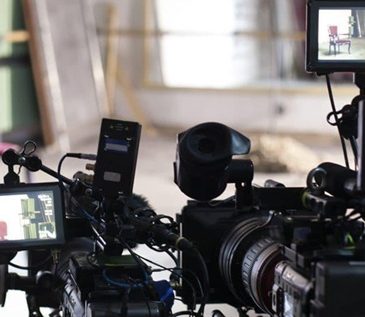
Macauly Culkin, in the four works that make up Edvard Munch’s The Scream, puts his hands in his face as he screams in a perfect enactment of what a web designer feels with every passing second. New technologies emerge, more trends are born and the demands of digital browsers change. The 5 web design tips are the basics so you can communicate what you want to the best of your ability.
Composition, aesthetics and functionality are the three keywords to retain. Web design should seek to realize each of these elements individually and jointly. The web design tips are the first steps in achieving these three critical aspects of a modern, selling website with the perfect web design.
- Include only the necessary elements
Wanting to put everything on the user’s arrival page on the website homepage to ensure everything is available for access is a frequent mistake. Every extra information is noise and prevents the visitor from enjoying an integrated and coherent experience. When information does not have to share space or appear excessively, it has greater retention potential.
Opt for a minimalist and “clean” web design. Elements must have space between them. Simplicity is always better as it allows you to draw attention to what is really important.
- Create visual hierarchies
What elements do users of your website see first? To influence the user experience, it uses aspects such as dimension and placement to create this visual hierarchy. Rather than including information on the website, think about how to do it. Most users do not read every word on a navigation page or notice all the graphics.
- Choose colors strategically
Color is one of the most powerful tools of web designers. All colors convey particular meanings and carry different emotions. What is your brand identity? Seek harmony and balance.
- Yellow: optimism and clarity.
- Orange: friendship and joy.
- Red: boldness and enthusiasm.
- Blue: confidence and strength.
- Green: hope, tranquility and growth.
- Gray: balance, calm and neutrality.
To do this, create a color hierarchy, stay consistent, and don’t opt for personal tastes. Think strategically.
- Don’t Save on Photos
Photographs are an element that can be used or not, but when you decide to use it make sure you do it the right way. Quality photographs are powerful. Poor quality photographs put the online presence of your business in question.
Photos can attract attention, create contrast and even guide the user through the website. Set up the right environment, turn to people to humanize the business, and be creative.
- Make navigation easier
Navigability is the backbone of your website. When you think of functionality you should think of navigation. A good website should be intuitive to the user. The less one has to think about navigating the website, the better.
It starts with organizing your website, what people will see on the homepage, what will be on navigation pages, what will have the top menu, what options you want to give your visitors and prospects? Great.



